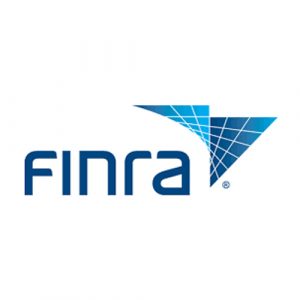Anti-money laundering investigation and enforcement has only gone on in the securities industry for less than two decades, but that does not mean that money laundering is not happening with traders.

Blake Snyder and Jason Foye, two members of FINRA’s Anti-Money Laundering Investigative Unit and they were the most recent guests on FINRA’s podcast Unscripted.
One thing they mentioned is that formal anti-money laundering programs were required of the brokerage industry in the Patriot Act, which was passed in the US in 2001 after 9/11.
Money laundering is “the movement tended for or derived from criminal activities.” Foye said.
He continued by saying that money laundering occurs in three stages: 1) placement stage (in the introduction of illicit into the financial system) 2) layering, a process of transactions to disguise the origin of the funds 3) reintegration, where funds are reintegrated into the legitimate economy.
One unique thing about trading and money laundering is that the illicit funds are often generated from trading- through insider trading, spoofing, or other forms of market manipulation- and then that some money must be laundered as well.
That’s not to say that money is only laundered in a brokerage account from illegal trading activity.
“Certainly, a brokerage industry could be used as a conduit in the same way a bank account could- to process suspicious money movement or payments that are used in maybe the layering phase of a money laundering scheme.”
One example of layering described in the podcast was illicit money from overseas turned their local currency into US dollars. They bought local securities with illicit assets and changed that security into an American Depository Receipt (ADR) and “then that ADR would be sold into the US market,” Foye said.
From there, the money is laundered, he noted.
ADR are “stocks that trade in the U.S. but represent a specified number of shares in a foreign corporation – such as Alibaba (BABA). Like regular stocks, ADRs are bought and sold on U.S. markets. They also trade in U.S. dollars and clear through U.S. settlement systems – allowing ADR investors to avoid transacting in a foreign currency.” According to the website Investopedia.
The AML team at FINRA consists of thirteen people in six offices, they said on the podcast.
They said that the AML staff can accompany regular FINRA examiners who conduct regular audits, but more likely they come in when the need arises.
“Where we get called in is really in situations in which we identify the firm upfront through our own industry wide surveillance that we do usually at the beginning of every year where we look to try to find unmitigated or trending AML risk that we’re seeing in the brokerage industry, or in situations where maybe a firm exam is being conducted. The exam staff finds some inclinations or indications that there may be some concerns.” Snyder said.
FINRA, or the Financial Industry Regulatory Authority, is the regulatory arm of the NYSE and NASD; it was created when the regulatory arms of those two exchanges merged in 2007.








